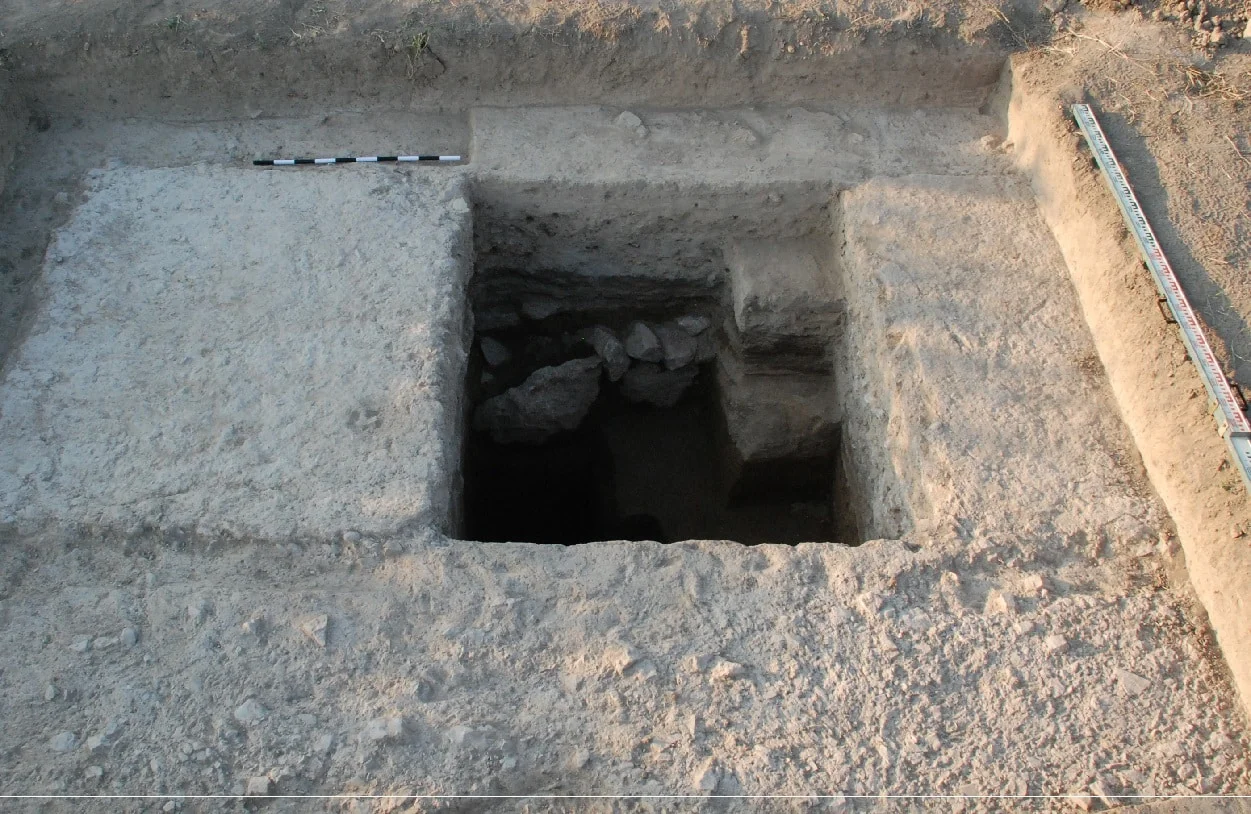Archaeologists have discovered the remains of a Roman arched aqueduct during excavation work on the Hellenistic royal city of Artashat-Artaxata in ancient Armenia.
Excavations were conducted by the University of Münster and the National Academy of Sciences of the Republic of Armenia, with the results of the study published in the journal Archäologischer Anzeige.
The study unearthed monumental foundations of an unfinished aqueduct bridge built by the Roman army between AD 114 and AD 117 at the city of Artashat-Artaxata. During this period, the Roman Empire was at its greatest extent, ruled by Emperor Trajan who was known for his philanthropic rule, overseeing extensive public building programs and implementing social welfare policies, which earned him his enduring reputation as the second of the Five Good Emperors.
Artaxata was intended to become the capital of a new province of Armenia, in which Prof. Achim Lichtenberger from the Institute of Classical Archaeology and Christian Archaeology at the University of Münster said: “The aqueduct remained unfinished because of Trajan’s death in AD 117 and because his successor Hadrian relinquished the province of Armenia.”
The researchers used a multidisciplinary combination of methods from the fields of archaeology, geophysics, geochemistry and archaeoinformatics to examine the monument.
The area of the Hellenistic metropolis of Artaxata in the Ararat Plain was first studied geomagnetically. At this stage, experts surveyed and charted any anomalies which showed a conspicuous dotted line. Additional drillings provided evidence of further unfinished or destroyed pillars of the aqueduct which were documented three-dimensionally.
“We used satellite pictures and infrared images from a drone to visualise the course of the aqueduct’s pillars and was able to reconstructed the planned course of the aqueduct by means of a computer-assisted path analysis between the possible sources of the water and its destination.” says co-author Dr. Mkrtich Zardaryan from the Institute of Archaeology and Ethnography at the National Academy of Sciences of the Republic of Armenia. Find out more
Header Image – The excavation section shows a pillar of the unfinished aqueduct – Image Credit : Artaxata project







